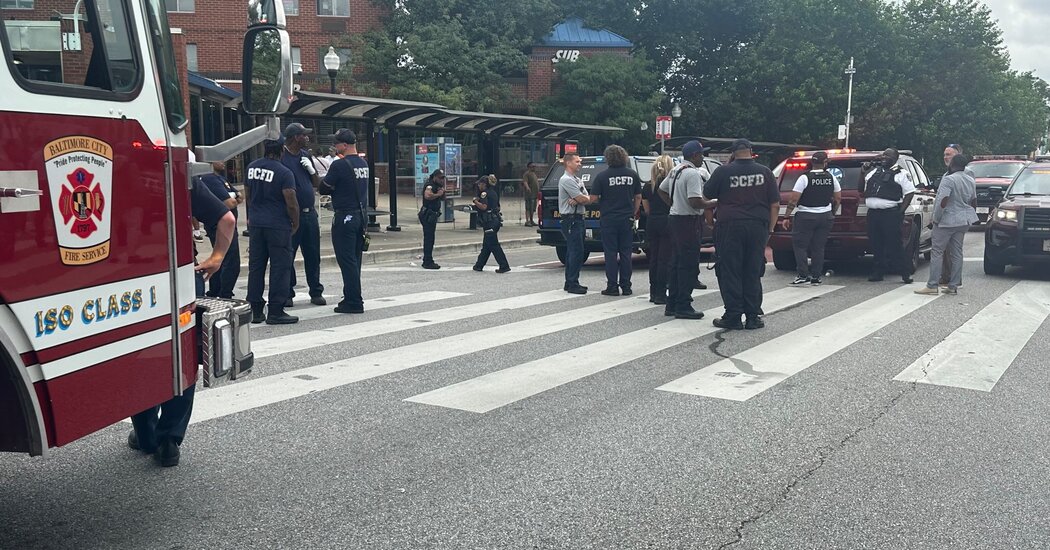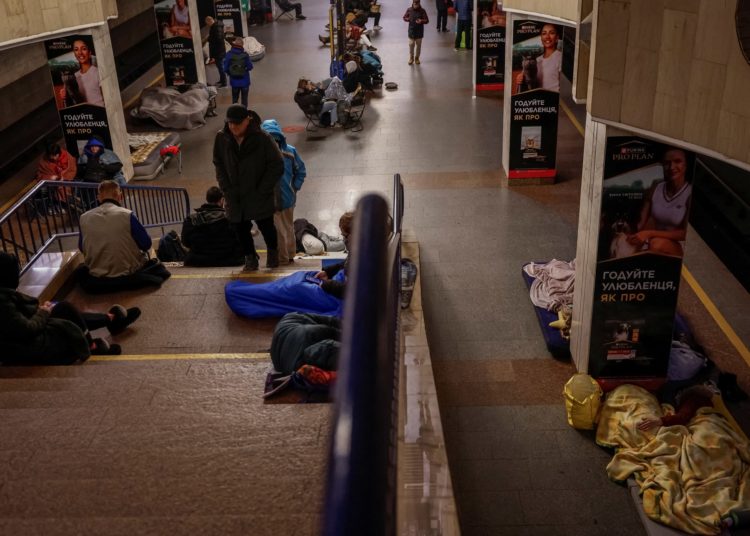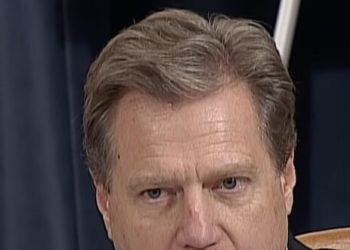More than two dozen people were hospitalized for suspected drug overdoses in Baltimore on Thursday, as rescue crews scoured alleys and homes in fear that there were more victims.
The crisis involved an unusually large number of patients in a city that has struggled with overdoses. Reporters for The Baltimore Banner working with The New York Times examined the city’s drug overdose crisis, the worst in the country, in a series of articles last year.
There were no fatalities reported on Thursday, but 25 people were hospitalized with suspected overdoses, according to an officer who answered the phone at the Baltimore Police Department’s Western District station early Friday and declined to give his full name. The hospitalizations were earlier reported by The Banner, which cited Lindsey Eldridge, a police spokeswoman.
The overdoses set off a large response by emergency medical workers, police officers, public health officials and state agencies, the day after Baltimore City Council members held their first public hearing on the city’s drug crisis. The Times/Banner investigation found that the crisis had been triggered by fentanyl but exacerbated by some treatment providers’ exploitative practices and city leaders’ failure to respond forcefully.
Officials have not said what type of drug was involved in Thursday’s overdoses, which remained under investigation, the city of Baltimore said in a statement.
The Baltimore City Fire Department initially responded to a report of an overdose in the Penn North neighborhood of West Baltimore around 9 a.m. When members of an emergency crew arrived, residents directed them to additional unconscious people, the fire chief, James Wallace, said in a news conference on Thursday afternoon.
The fire department escalated its response, deploying at least 13 medic units, which took more people to hospitals, Chief Wallace said. Several patients were in critical condition.
City officials cordoned off the area to search homes, alleys and subway platforms for more patients, temporarily closing the Penn North station. Police officers used camera footage and interviews with witnesses and victims to find more patients, Kevin Jones, the city’s deputy police commissioner, said at the news conference.
Baltimore’s overdose epidemic had killed nearly 6,000 people since 2018, The Times/Banner series found last year, a rate never before been seen in a major American city. Following the investigation, the Baltimore City Council said it would hold a series of hearings on the city government’s response to its overdose crisis.
The hearings, which were eagerly awaited after being postponed several times, began on Wednesday with a focus in part on a draft strategic plan proposed by the office of Mayor Brandon Scott.
Sara Whaley, the executive director of the city’s office of overdose response, said that officials had followed the strategic plan on Thursday. She added that her office had handed out Narcan, a medication that can reverse opioid overdoses, and test strips to residents in the area in coordination with the city’s health department.
“In the strategic plan, we talk about interagency collaboration,” she said at the news conference. “This is an example of us all coming together to collaborate to respond to the needs of the city and address overdose.”
John Yoon is a Times reporter based in Seoul who covers breaking and trending news.
The post Two Dozen Hospitalized in Mass Drug Overdose in Baltimore appeared first on New York Times.




